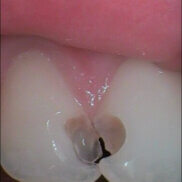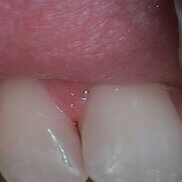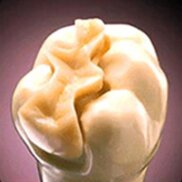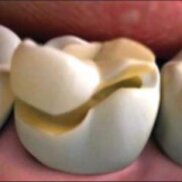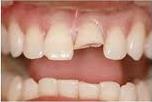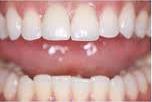Dental care and prosthodontics involve a fair amount of manual labour. However, even dentistry is becoming more and more digitised. Lumen Dental Clinic uses the CAD/CAM (Computer Aided Design/Computer Aided Manufacturing) technology for the digital modelling and preparation of dental fillings, crowns and bridges.
Dental restoration
A beautiful and healthy smile affects us in two ways: it is the basis for good health and boosts our self-confidence, thus creating new opportunities for us in life.
Dental care involves the correction of dental defects using a variety of materials, such as glass ionomer, composite and porcelain fillings. Additionally, it involves prosthetic dentistry that, as the case may be, focuses on dental crowning or the replacement of a missing tooth with a dental bridge or implant to restore the masticatory function.
In the case of a small dental defect, it is possible to restore the tooth with a composite filling. Composite fillings are tissue-friendly, can be matched to the colour of the surrounding tooth and produce a natural aesthetic result.
- Before restoration
- After restoration
In the case of extensive damage, there are many disadvantages to restoring the tooth with a filling:
- Composite materials wear out quite fast which, over time, causes occlusal wear and changes in occlusion, as well as possible functional problems with the jaw;
- If a large amount of filling is required, it is difficult for the dentist to restore the anatomical shape of the tooth and match the occlusal surfaces of the upper and lower jaw;
- In the case of large fillings, there is a risk that the remaining parts of the tooth may break easily;
- The filling material is not as strong as natural dental tissue, which is why it often cannot withstand heavy chewing forces;
- Since the composite material is placed and light cured layer-by-layer, then, despite the doctor’s carefulness, there is still a high probability that a microscopic gap remains between the filling and the surface of the tooth which might lead to bacteria getting under the filler and causing tooth decay or secondary caries.
Solutions
Nowadays ceramic fillings and ceramic crowns are being used more and more in dentistry.
Depending on the degree of damage to the dental tissue, ceramic fillings are divided into inlays and onlays.
- Inlay
- Onlay
It is recommended to cover a tooth that is severely decayed or that has had root canal treatment with a crown. Crowns restore the anatomical shape of the tooth and ensure its strength for mastication and resistance to fracturing.
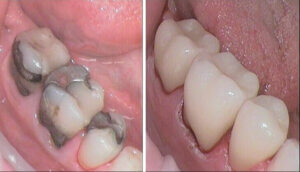
Incorrect fillings Ceramic dental crowns
The aesthetic look of the teeth greatly affects our self-confidence. For this purpose, it is advisable to cover darkened or filled front teeth with ceramic veneers and to replace unsightly and incorrect fillings with ceramic fillings.
The shape of the front teeth corrected with ceramic veneers
Broken front restored with ceramic veneers
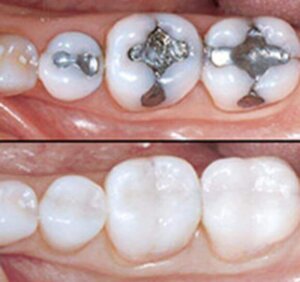
Unsightly amalgam fillings replaced with ceramic inlays
Advantages of ceramic materials
The restoration of teeth with ceramic materials has numerous advantages over fillings:
- Ceramic materials have undergone a rapid development and they now have very similar physical properties to natural dental tissue: they have the ability to withstand masticatory force, have low internal pressure, etc. This ensures a long-lasting result.
- With ceramic materials, it is possible to achieve a shape that follows the anatomy of the tooth, ensuring a great match between the occlusal surfaces.
- Thanks to the production method, it is possible to achieve a perfect fit between the contact areas of the natural tooth and the ceramic filling which minimises the risk of secondary caries.
- Ceramic materials provide an opportunity to achieve an aesthetic look that is identical to natural teeth.
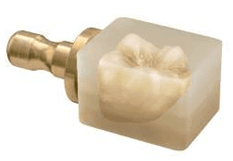
CAD/CAM in dentistry
Prosthodontics mainly involves individual production, which is a very labour-intensive process.
Simply put, the traditional method consists of the following steps:
-
- The doctor prepares the tooth for restoration
- The doctor takes an impression of the patient’s mouth using an impression material
- The impression is sent to the laboratory
- Gypsum is poured in the impression material and, as a result, a gypsum model of the patient’s mouth is created
- A restoration is prepared in the laboratory on the basis of the gypsum model
- The laboratory sends the restoration back to the clinic
- The doctor places the restoration in the patient’s mouth
The CAD/CAM (Computer Aided Desing / Computer Aided Manufacturing) solutions have been used for decades in a variety of industries (e.g. in the machine industry) to automate production. Similar solutions are also used in dentistry.
Lumen Dental Clinic uses the Cerec CAD/CAM system created by Sirona which has been in the process of development since 1985 and is used in more than 25,000 clinics worldwide.
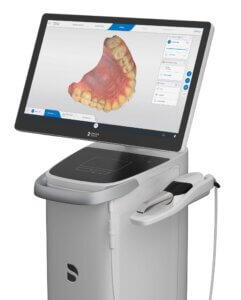
The CAD/CAM solution allows us to produce ceramic fillings (inlay, only), crowns, veneers and smaller bridges in the dental office.
The work process is as follows:
1. The doctor prepares the tooth for restoration.
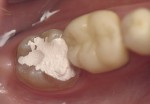
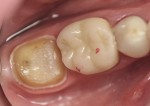
2. The doctor scans the patient’s whole set of teeth with an intraoral camera.
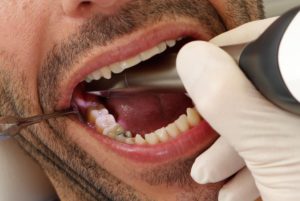
3. Based on this, the software creates a virtual 3D model which depicts the exact condition of the patient’s mouth. The software then constructs a crown (veneer, inlay, or onlay) based on the anatomy of the existing teeth and the samples in the database. If necessary, the doctor has the ability to adjust the result in a three-dimensional environment.
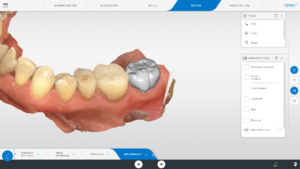
4. If the result satisfies the doctor, they can send the data to a computer-aided milling machine that will mill the crown out of a solid block of ceramic material in about 20 minutes. We use CEREC, VITA and IVOCLAR-VIVADENT blocks.
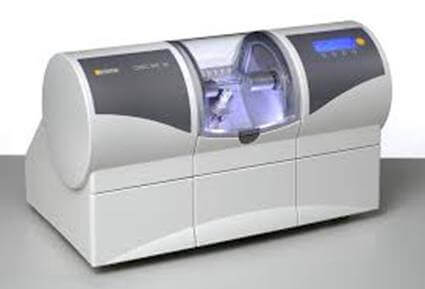
5. Taking into account the patient’s characteristics, the right tone is applied to match their existing teeth.
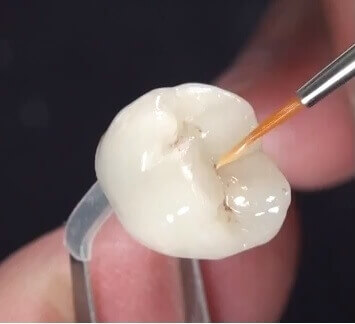
6. The doctor places the crown in its location in the patient’s mouth and in the end the patient will leave with a completely new and healthy smile.
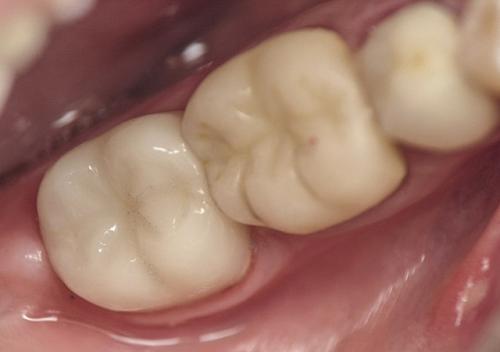
The advantages of the CAD/CAM solution compared to traditional restoration:
-
- Speed
- Precision
- In the case of the traditional method, the error in the result increases after every step (impression – gypsum model – crown). However, with Cerec CAD/CAM the precision of the whole process is 19–55 μm. For reference, the width of a human hair is on average 80 μm. If necessary, the doctor can immediately correct the tooth preparation.
- Fewer anaesthetic injections.
- The patient does not have to go through the uncomfortable process of dental impression taking.
- No need for uncomfortable temporary crowns.
- All-ceramic (metal-free), aesthetic and long-lasting result.
- Precision
- Speed
The modern CAD/CAM technology in dentistry allows us to do all that.
